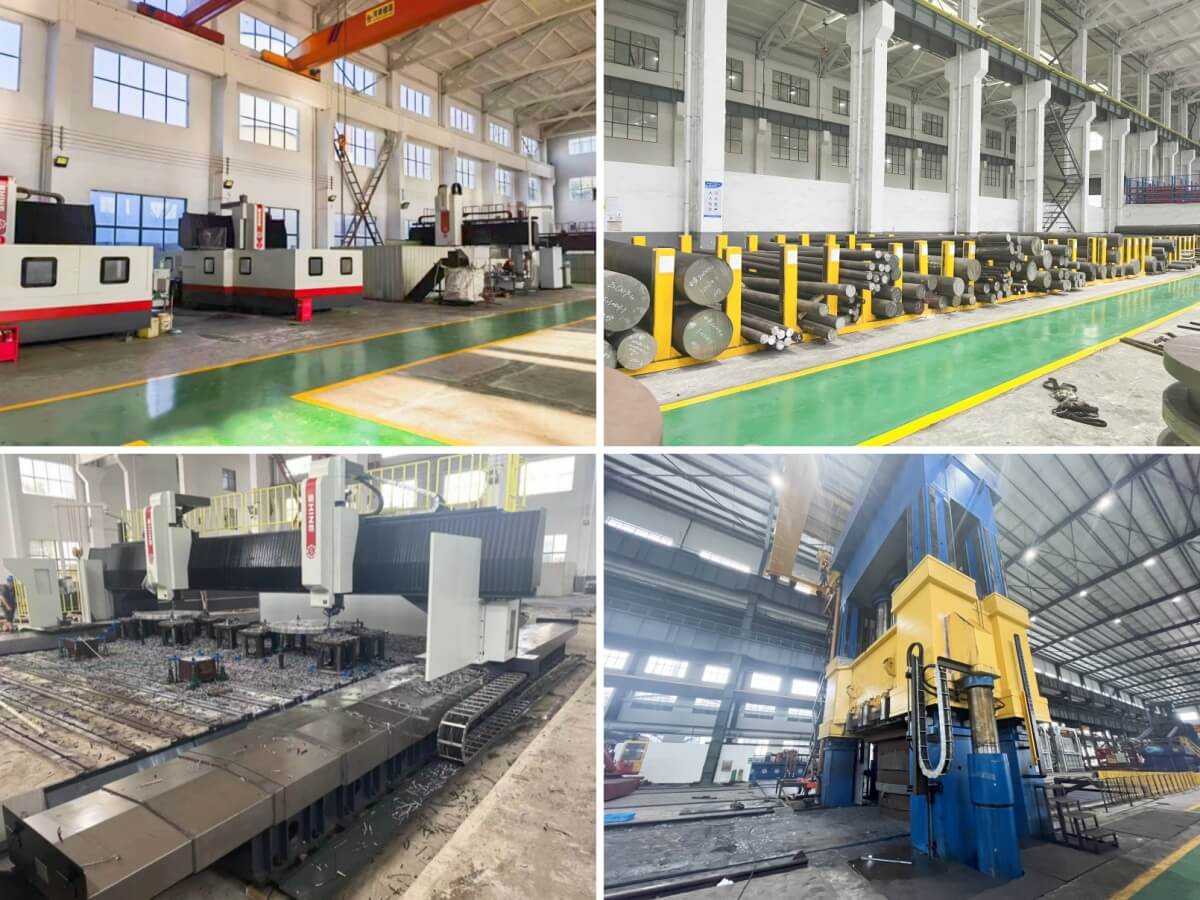What is heat exchanger baffle?
A heat exchanger baffle is a plate or barrier that is inserted into a heat exchanger to enhance heat transfer efficiency. The primary function of a baffle is to direct the flow of fluid inside the heat exchanger in a specific pattern, such as cross-flow or counter-flow, to maximize heat transfer.
Baffles are commonly used in shell and tube heat exchangers, which consist of a bundle of tubes enclosed in a shell. The baffles are placed inside the shell, perpendicular to the tube bundle, and divide the shell into several chambers. The fluid flows through the tubes and is directed by the baffles through each chamber, which increases the time the fluid spends in contact with the tube surface, thereby enhancing heat transfer efficiency.

The types of baffle plates
The design and placement of baffles in a heat exchanger depend on the specific application requirements, including the type of fluid being heated or cooled, the flow rate, temperature, and pressure, and the desired heat transfer rate. The size, shape, and thickness of the baffles may also vary depending on the application. The baffle plate is installed on the shell side, which can not only improve heat transfer efficiency but also play a role in supporting the tube bundle. There are two types of baffles: arched and disc-shaped. Arched baffles are available in three types: single arched, double arched, and triple arched.

What is the function of a baffle?
1. Extend the flow channel length of the shell side medium, increase the flow velocity between tubes, increase the degree of turbulence, and achieve the goal of improving the heat transfer efficiency of the heat exchanger.
2. Setting baffle plates has a certain supporting effect on the heat exchange tubes of horizontal heat exchangers. When the heat exchange tube is too long and the pressure stress borne by the tube is too high, increasing the number of baffle plates and reducing the spacing between baffle plates while meeting the allowable pressure drop of the heat exchanger tube side can play a certain role in alleviating the stress situation of the heat exchange tube and preventing fluid flow induced vibration.
3. Setting baffle plates is beneficial for the installation of heat exchange tubes.

Heat exchange baffles can be made of various materials, such as stainless steel baffle plates, carbon steel baffle plates, or titanium baffle plates, depending on the corrosive or erosive nature of the fluid being processed. In some cases, baffles may also have holes or slots to allow for more fluid flow and heat transfer.
Wuxi Changrun has provided high-quality baffle plate, tube sheets, nozzles, flanges, and customized forgings for heat exchangers, boilers, pressure vessels, etc. to many well-known petrochemical enterprises at home and abroad. Our customers include PetroChina, Sinopec, Chevron, Bayer, Shell, BASF, etc. Send your drawings to sales@wuxichangrun.com We will provide you with the best quotation and the highest quality products.


